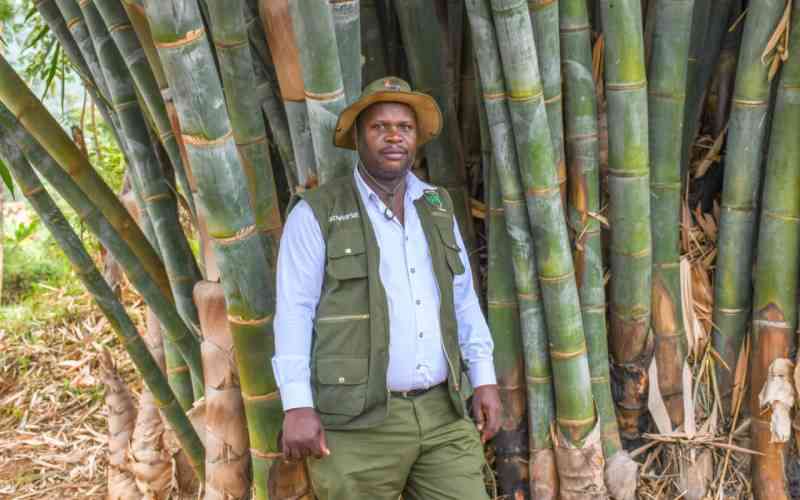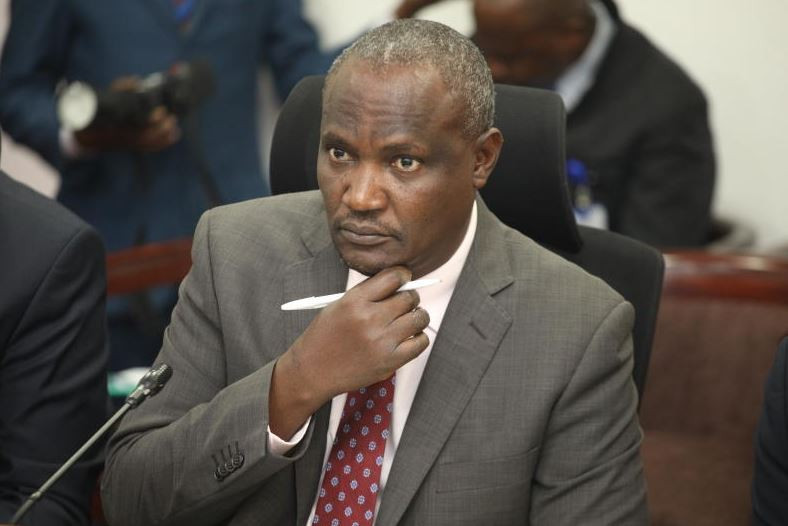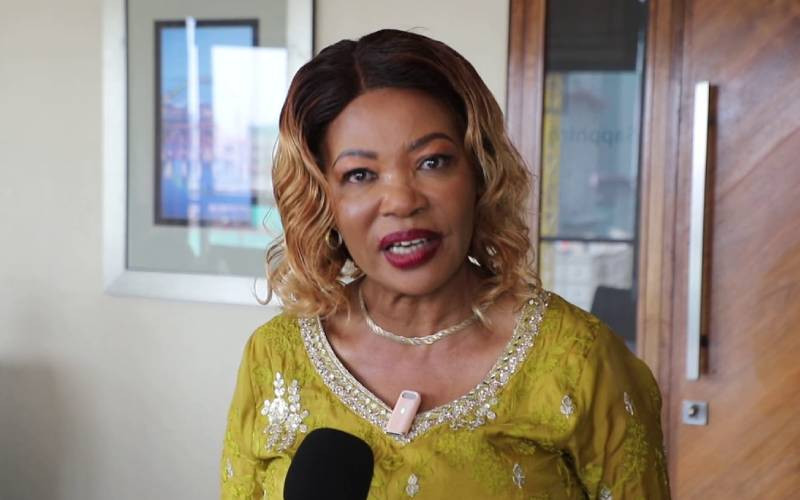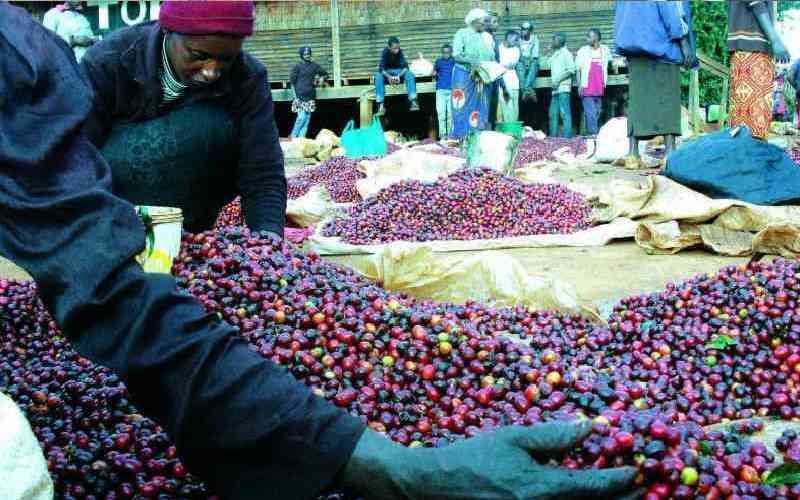
Kenya will on September 18 join the rest of the world in marking World Bamboo Day 2025 under the theme “Bamboo for Planet, People and Climate Solutions.”
The celebration comes at a time when bamboo is gaining recognition as one of the country’s most strategic resources for climate-smart development and economic transformation.
Once regarded as an underutilised plant despite its abundance in Kenya’s highlands, bamboo is now central to efforts to achieve 30 per cent tree cover by 2032 and deliver the government’s Bottom-Up Economic Transformation Agenda (BETA).
According to the newly launched Kenya National Bamboo Development Strategy and Action Plan 2025–2035, the country hosts approximately 133,000 hectares of indigenous bamboo—mainly Oldeania alpina — in ecosystems such as the Mau, Mt. Kenya, Mt. Elgon, the Cherangani Hills, and the Aberdares.
More than 20 exotic species have also been introduced, with 12 thriving across diverse agro-ecological zones.
“Bamboo is no longer just a plant in our forests. It is a resource that will create jobs, drive manufacturing, and contribute to achieving 30 per cent tree cover by 2032,” the Strategy notes.
Experts hail bamboo as a “climate powerhouse”—able to absorb between five and 24 tons of carbon per hectare annually, a rate that surpasses many tree species.
It also stabilises riverbanks, prevents soil erosion, restores degraded land, and supports biodiversity in Kenya’s water towers.
Globally, the International Bamboo and Rattan Organisation (INBAR) recognises bamboo as a key species for climate mitigation and adaptation.
Kenya gazetted bamboo as a cash crop in 2020, paving the way for commercial cultivation, private investment, and value addition.
Internationally, the bamboo industry is worth over USD 72 billion annually, with more than 10,000 documented uses—from flooring, furniture, textiles, and paper to renewable energy and even bioethanol.
Locally, counties such as Murang’a, Bungoma, Kericho, and Elgeyo Marakwet are piloting bamboo plantations for commercial and conservation purposes.
Private investors have begun exploring bamboo-based construction materials and furniture, while community groups are producing crafts, animal feed, and biochar.
“Bamboo is central to the green economy revolution we are driving through BETA. It will support MSMEs, create rural jobs, and supply affordable, sustainable materials for housing and manufacturing,” the Ministry of Environment, Climate Change and Forestry said in a statement.
The Bamboo Strategy outlines eight priority areas, including scaling up commercialisation, establishing bamboo hubs and market centres, promoting bamboo in construction and energy, supporting research and innovation, and developing carbon credit and export schemes.
Stay informed. Subscribe to our newsletter
The government also plans to mainstream bamboo in county development plans, mobilise financing through a proposed Bamboo Fund, and work with international partners to position Kenya as a regional bamboo hub.
As the world races to find sustainable climate solutions, bamboo is emerging as more than just a plant—it is a strategic resource that links ecological restoration with economic transformation.
“Bamboo offers a unique bridge between nature-based solutions and livelihoods. Investing in bamboo is investing in Kenya’s future,” the ministry added.







